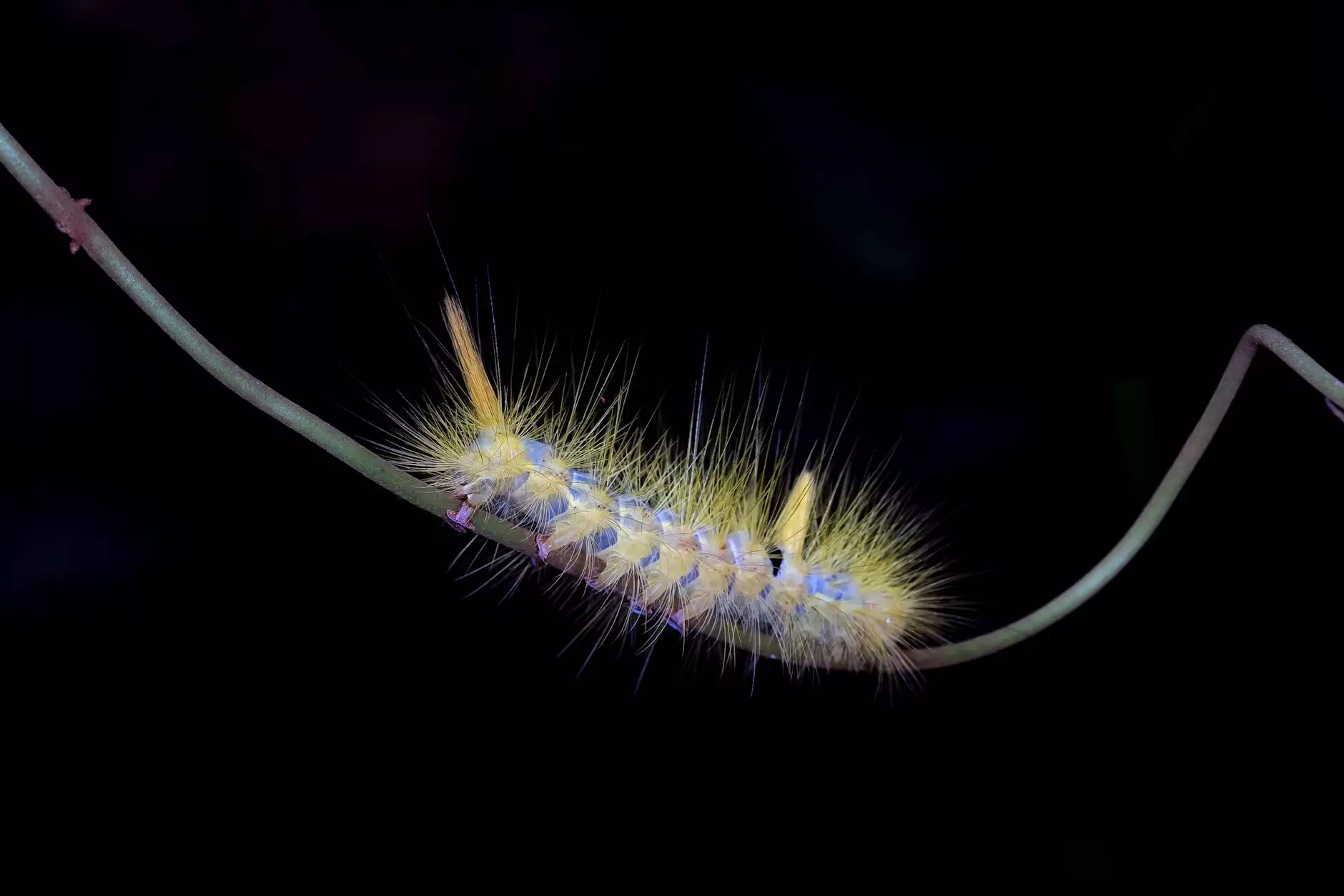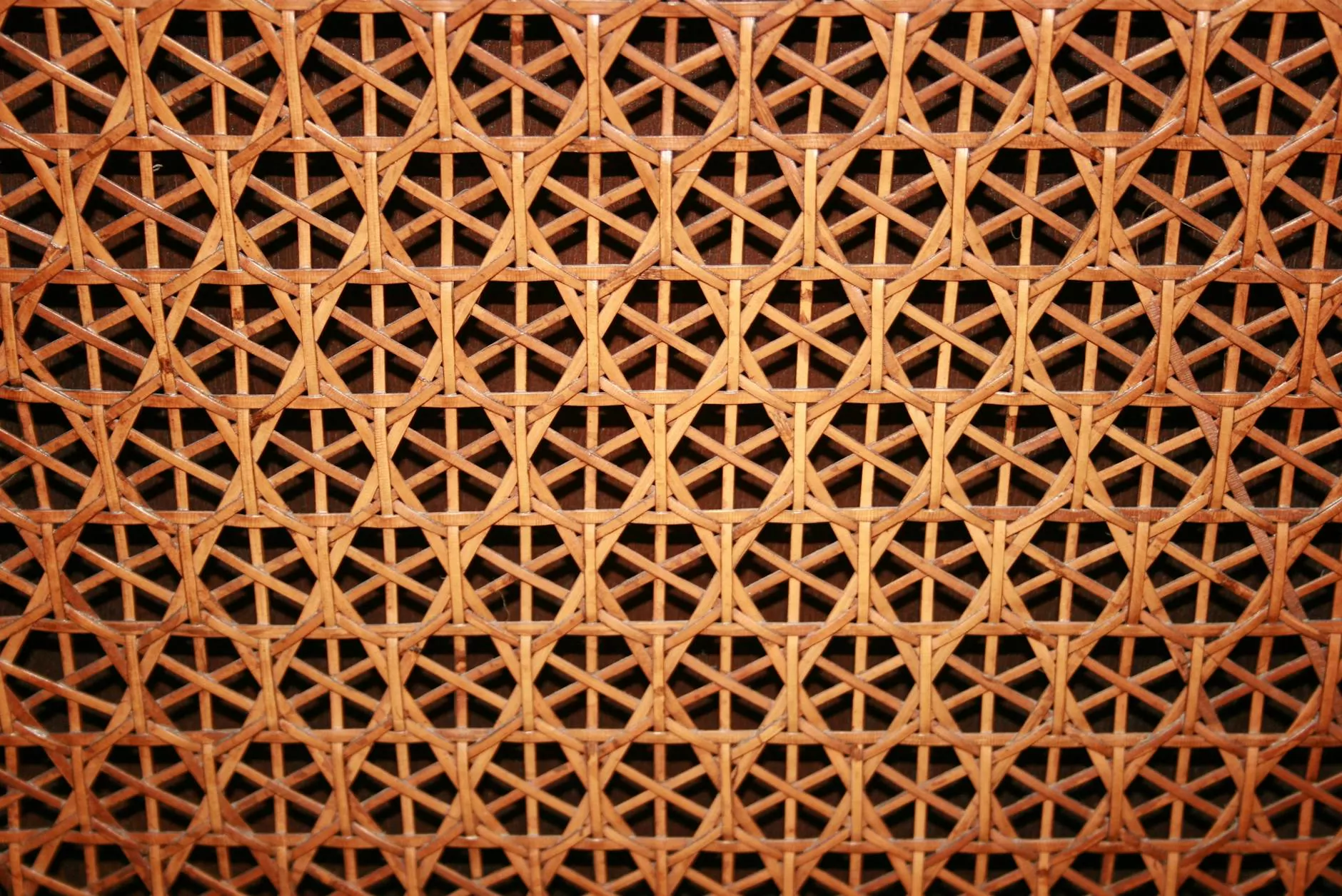Comprehensive Guide to Wheat Weevil Control

Wheat weevil control is crucial for farmers who want to secure their yields and ensure the longevity of their crops. The presence of these pests can cause devastating damage to stored grains, affecting not only the quality but also the profitability of the harvest. This article will delve into effective strategies for managing and controlling wheat weevil infestations, discussing preventive measures, treatment options, and best practices for post-harvest grain storage.
The Importance of Wheat Weevil Control
Wheat weevils, scientifically known as Sitophilus granarius, are notorious pests that primarily target wheat and other stored grains. Understanding the significance of controlling these pests is essential for several reasons:
- Prevent Crop Loss: Infestations can lead to significant financial losses for farmers.
- Maintain Grain Quality: Pests can degrade the quality of grain, making it unsalable.
- Protect Livelihoods: Effective control strategies safeguard the livelihoods of farmers and their families.
Understanding Wheat Weevil Biology
To implement effective wheat weevil control, it is crucial to understand their biology and behavior:
- Life Cycle: Wheat weevils undergo four life stages—egg, larva, pupa, and adult. Understanding this cycle helps in timing control measures effectively.
- Feeding Habits: Adults bore into kernels to lay eggs, and larvae consume the grain from inside, causing severe damage.
- Environmental Preferences: These pests thrive in warm, humid conditions, making storage facilities a prime location for infestations.
Preventive Measures for Wheat Weevil Control
Prevention is the first line of defense against wheat weevils. Here are several key preventive measures:
1. Proper Grain Storage
Utilizing airtight storage bins can significantly reduce the chances of infestations. Ensure that the bins are clean and dry before storing grains.
2. Regular Inspection
Routine inspections of stored grains can help detect early signs of weevil activity. Look for:
- Holes in the grain or packaging.
- Fine powder (frass) around storage areas.
- Visible adult weevils or larvae.
3. Temperature and Humidity Control
Maintain low humidity and temperature levels in storage facilities. Weevils prefer environments above 65°F and high humidity; thus, keeping conditions cooler can deter them.
Effective Treatment Strategies for Wheat Weevil Infestations
When preventative measures fail, deploying effective treatments is necessary. Here are some methods to manage infestations:
1. Chemical Treatments
Pesticides can be effective in controlling wheat weevil populations, but they should be used judiciously. Always follow the manufacturer's instructions and consider the following:
- Choose pesticides specifically labeled for weevil control.
- Apply treatments when grain is not being processed or handled.
2. Biological Control
Utilizing natural predators can be a sustainable approach. Research indicates that certain parasitoids can help manage weevil populations without chemical means.
3. Non-Chemical Measures
Heat and cold treatments can eliminate weevil infestations effectively:
- Heat Treatment: Exposing grain to temperatures above 140°F for at least an hour can kill eggs and larvae.
- Cold Treatment: Freezing infested grains at 0°F for four days can also eradicate weevil populations.
Post-Harvest Handling and Wheat Weevil Control
Post-harvest management is critical in preventing weevil infestations. Here are strategies to consider:
1. Cleanliness
Ensure that all equipment used in the harvesting process is thoroughly cleaned. This includes grain carts, combines, and storage bins.
2. Thorough Drying of Grains
Prior to storage, grains should be dried to a moisture content of below 13%. This reduces the likelihood of infestations.
3. Quick Turnaround
Minimizing the storage time of grains can also reduce the chances of a weevil infestation. Rotate stocks regularly and use older grains first.
Utilizing Technology in Wheat Weevil Control
Modern technology provides innovative solutions for wheat weevil control. Here are some technological advancements that can aid in pest management:
1. Smart Storage Solutions
Utilizing temperature and humidity sensors within storage bins helps monitor conditions in real time, enabling proactive management of pest threats.
2. Drone Technology
Drones can inspect large storage facilities and fields for signs of pest infestations, enabling precise targeting of treatment areas.
3. Data Analytics
Using data analytics can provide insights into pest population trends and environmental conditions, allowing for informed decision-making regarding pest control measures.
Conclusion: Implementing Wheat Weevil Control Strategies
In conclusion, effective wheat weevil control requires a multifaceted approach that combines prevention, monitoring, and treatment. By understanding the biology of these pests, employing best practices in grain storage, utilizing technology, and staying informed about new control methods, farmers can protect their harvests and ensure their economic viability.
For more information on maintaining your farming equipment and effective pest management, visit tsgcinc.com for resources and expert advice.









